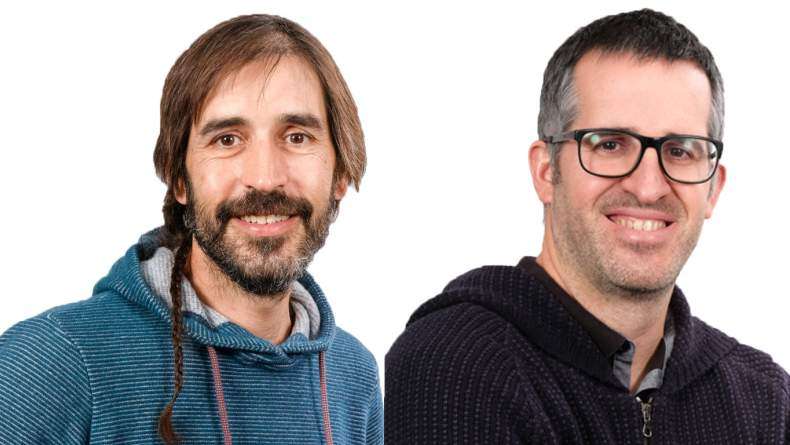BCMaterials Fortnightly Seminar #83 Manuel Salado - Virginia Vadillo

MANUEL SALADO
(BCMATERIALS)
Introduction to Perovskite solar cells
In recent years, perovskite solar cells (PSCs), has stunned the PV field, by the tremendous research interest owing to their unique combination of high performance and low-cost fabrication process. Compared with the existing technology, PSCs have demonstrated its potential by establishing an unprecedented increment in the PCE from 3.8% to >22.7% (http://www.nrel.gov/ncpv/) in almost one decade. Despite considerable and successful research efforts to increase the PCE, relatively little progress has been made towards increasing the stability of these materials. Different strategies, such as crosslinking, doping, shielding with molecularly designed materials or enveloping the perovskite molecular structure in a foreign chemical environment, have been reported for improved humidity and UV-induced degradation. However, increases in stability generally result in reduced PCEs. The problem of stability was partially overcome with the use of mixed perovskites, but these materials still cannot fulfil the commercial requirements. On the other hand, the microstructure and phase purity of the films rely on the perovskite formation processes. A variety of different deposition techniques have been used with the aim to achieve high quality perovskite layer, such as, two step (sequential deposition), vacuum evaporation, vapour-assisted deposition or recently solvent engineering approach. In this talk, an introduction of the properties, deposition and characterization techniques of perovskite solar cell will be explained.
VIRGINIA VADILLO
(BCMATERIALS)
High magnetization nanoparticles for magnetorheological fluids application
The aim of this project is to prepare nanoparticles with high saturation magnetization to develop magnetic fluids with high magnetorheological effect. FeCo nanoparticles present the highest magnetization known. However, they are very reactive and they can form aggregates. It will be employed chemical and physical methods to synthetize stable FeCo nanoparticles. Sol-gel, hydrothermal and polyol will be used as chemical methods and ball milling and laser bombing as physical methods. The shape, size and the structure of the nanoparticles will be measured with SEM, EDX and XRD. The magnetic properties will be studied by means of VSM. The most interesting nanoparticles will be employed for the magnetorheological fluids.
Related news
Invited Talk with Barcelona Microelectronics Institute’s researchers (December 3)
On December 3 at 12:00 PM, in the Martina Casiano Auditorium in Leioa, BCMaterials will host senior researchers Antón Guimerà and Xavier Illa from the Barcelona Microelectronics Institute (IMB-CNM,…Invited Talk by Liu Yao on Lithium-Metal Batteries (December 2)
Next Monday, December 2, Liu Yao, professor at the Shanghai Institute of Applied Physics, will give an invited lecture at BCMaterials entitled ‘Li-Metal Batteries: From Liquid to Solid-State’. The…Success of BCMaterials’ Annual Workshop on Critical Materials
The 2025 edition of BCMaterials’ annual workshop gathered nearly one hundred participants on November 19 in Leioa to review the latest advances and discuss critical materials, their applications, and…Eudomar Henríquez, author of the 'GEFES article of the year’
We warmly congratulate our post-doctoral researcher Eudomar Henríquez, for being the author of the 'GEFES article of the year 2024-20025' selected by Division of Condensed Matter Physics (GEFES) of…



